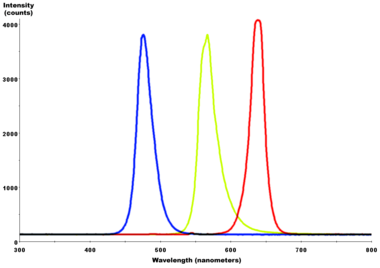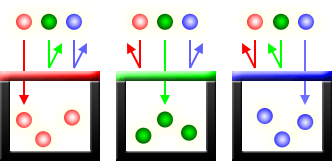spotlightondance
Member
In addition to co-owning a performing arts academy in Vermont, I photograph dance and theater at various venues on the east coast. I've noticed that when shooting shows that use a lot of LED instruments, color is a lot more saturated compared to when incandescent fixtures are used, often to the point of blowing out even at a good general exposure level. The vibrancy of the color as captured by the camera's sensor seems greater than what's seen with the eye. My gear has good dynamic range (Nikon D810 and D750) but it makes post processing much harder (sometimes impossible) than shooting when conventional incandescent fixtures are used.
Can someone explain the physics behind the difference? I'm trying to figure out of it's a function of the light itself, a design issue with the sensor, etc? I've asked this question in pro photo communities but no one seems to know.
Can someone explain the physics behind the difference? I'm trying to figure out of it's a function of the light itself, a design issue with the sensor, etc? I've asked this question in pro photo communities but no one seems to know.




